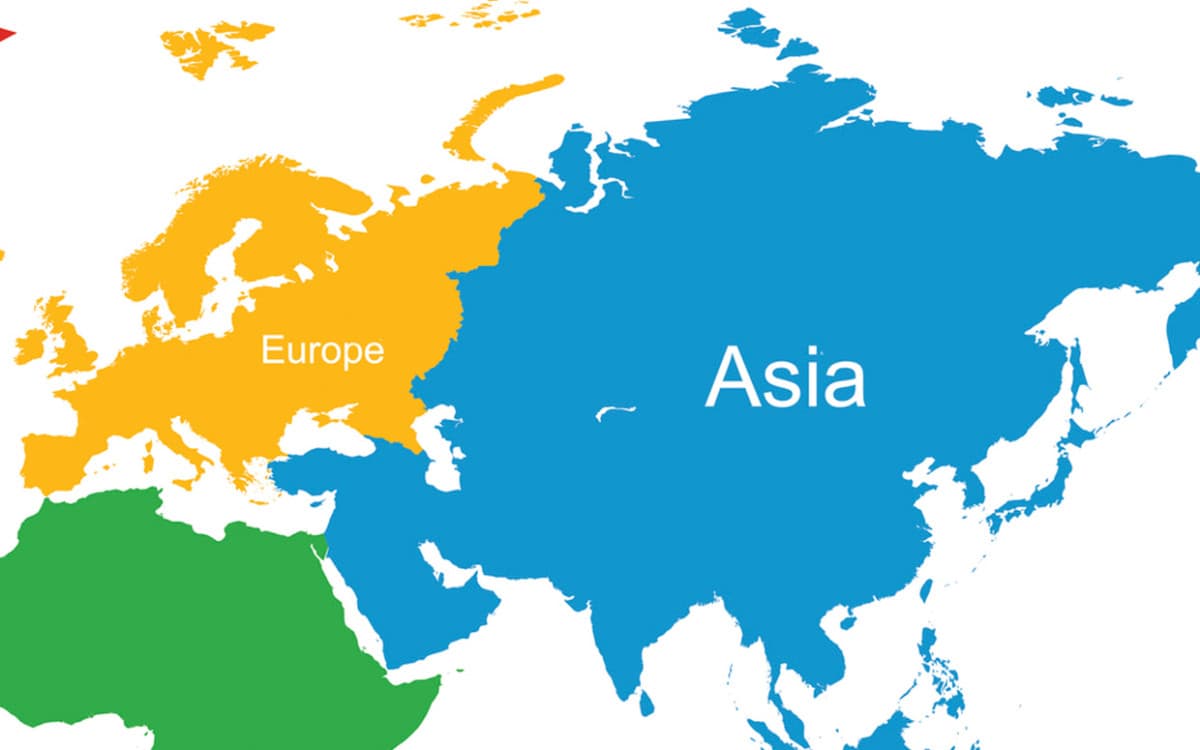Leather accessories are not just items that add style to everyday life but also expressions of cultural traditions and modern trends. With each passing year, exhibitions dedicated to these products have become an integral part of international events in the fashion industry. Asia and Europe, as two centers of the global economy, differ significantly in their approaches to manufacturing, design, and the presentation of leather goods. In this article, we will explore the features of leather accessories exhibitions in these regions and compare how they influence the global market.
The Diversity of Exhibitions in Asia
Asia has long established itself as a hub for global leather product manufacturing. It is here that the largest factories producing leather bags, shoes, belts, and other accessories are located. One of the most prominent exhibitions in Asia is the Shanghai Leather Fair, held in China, which brings together manufacturers and designers from around the world. As the world’s largest producer of leather and leather goods, China actively participates in promoting new technologies and materials for accessory production. At this exhibition, one can see both traditional products and innovative developments related to the use of eco-friendly materials, such as recycled leather and synthetic alternatives.
Another significant exhibition in Asia is the India International Leather Fair (IILF) in India, which has served as a major event for leather industry enthusiasts and professionals for many years. This exhibition emphasizes innovation and sustainable development. In India, special attention is given to the production of high-quality leather and the use of local craftsmanship in the creation of leather accessories. The exhibition features a vast array of manufacturers, and it can be considered unique in terms of cultural diversity, as the country combines ancient techniques with modern technologies.
In Thailand, the Bangkok Leather Fair is held, attracting the attention of international designers and manufacturers. This exhibition focuses on accessories such as wallets, belts, and bags and demonstrates the country’s commitment to quality and innovation. Here, both local and international brands come together, creating a unique atmosphere for collaboration and the exchange of experiences.
European Exhibitions: Synonyms of Tradition and Innovation
In Europe, leather goods are considered an integral part of the fashion industry, and exhibitions dedicated to these accessories always attract significant attention. MICAM in Milan is one of the largest global exhibitions of shoes and leather accessories, which annually brings together leading manufacturers and designers from around the world. In contrast to Asian exhibitions, the focus at MICAM is not only on mass production but also on individual design solutions. This is a place where high quality and design innovation go hand in hand, and every participant strives to showcase their unique work.
Another important exhibition in Europe is Lineapelle in Italy, known for its focus on innovations in the leather industry. This event not only gathers leather manufacturers but also includes designers who offer new concepts and solutions for accessory creation. Unlike Asian exhibitions, Lineapelle also showcases many developments in ecology, such as recycled materials and eco-friendly leather products.
France, a country renowned for its luxury and refinement, offers Paris Fashion Week as a significant event, where leather accessories traditionally play an important role. Although this is not a specialized exhibition solely for leather products, Paris Fashion Week is the moment when the world’s leading brands present their collections, many of which include leather bags, shoes, and other accessories. French style and attention to detail often set trends in the industry.
A Comparison of Approaches: Asia and Europe
When it comes to leather accessories, the differences between Asia and Europe are evident, though they may not always be immediately noticeable. In Asia, the primary focus is on mass production, which allows for more affordable prices for leather goods. In contrast, European exhibitions often emphasize high quality and exclusivity, where every detail matters.
Asia is also known for its variety of offerings, including innovative materials such as synthetic leather, eco-friendly alternatives, and recycled materials. European exhibitions, on the other hand, highlight long-standing traditions of working with natural leather, and the emphasis on sustainability in recent years has become an important element of these exhibitions. In Europe, new design concepts are also actively being developed, and exhibitions have become not just a marketplace but also a source of inspiration and the introduction of new ideas.
Moreover, Asia is actively integrating modern technologies into production, such as automation, improved logistics, and the use of innovative methods in leather processing, which helps to enhance product quality and reduce costs. Europe, however, tends to focus more on traditional methods and the high skill levels of craftsmen, which makes its products more exclusive but often more expensive.
Conclusion
Exhibitions of leather accessories in both Asia and Europe serve as important indicators of global trends in the industry. Asian exhibitions attract attention with their scale, innovations in materials, and affordable prices for leather goods, while European events focus on high-quality, exclusive products, emphasizing traditional techniques and innovative design approaches. Depending on what the consumer is looking for — mass-produced, affordable items, or exclusive designer solutions — exhibitions in these two regions offer unique opportunities to explore the latest trends in leather fashion.
